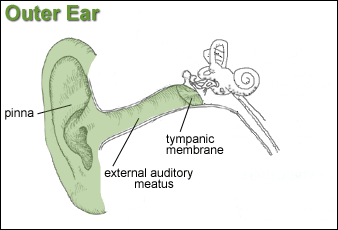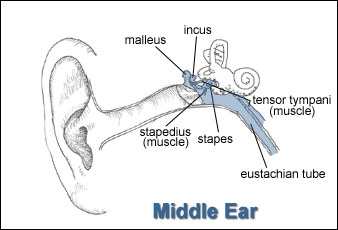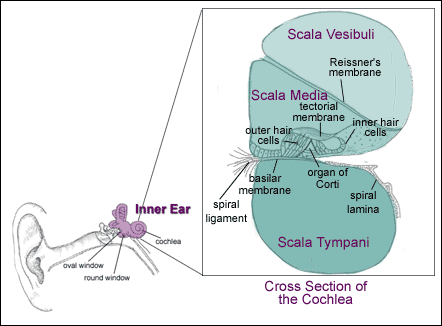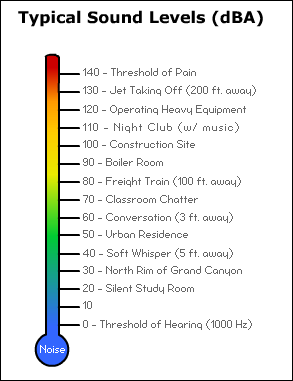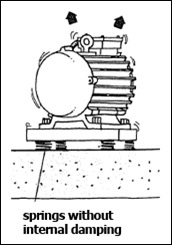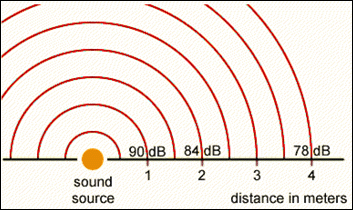Occupational Noise Exposure
Overview

The Center for Disease Control (CDC) estimates that 22 million workers are exposed to potentially damaging noise at work each year. Whether you work at a sports venue, entertainment establishment, on a tarmac, or operate a jackhammer—hearing loss is preventable.
Know Your Workplace Noise Levels!
Noise levels are measured in decibels, and exposure over 85 decibels can damage your hearing. If you need to raise your voice to speak to someone 3 feet away, noise levels might be over 85 decibels (dBA). There are several types of instruments available to measure the noise levels in a workspace. These include sound level meters, noise dosimeters, octave band analyzers, and apps for phones.
Noise is likely a problem in your workplace if you:
- Hear ringing or humming in your ears when you leave work.
- Have to shout to be heard by a coworker an arm's length away.
- Experience temporary hearing loss when leaving work.
The National Institute for Occupational Safety and Health (NIOSH) Sound Level Meter App is one tool available to the public to download on mobile iOS devices for screening sound levels in the workplace.
Standards
OSHA requires employers at general industry, maritime, and longshoring worksites to implement a hearing conservation program when employee noise exposures equal or exceed 85 decibels (dBA) as an 8-hour time-weighted average (TWA). Hearing conservation programs strive to prevent initial occupational hearing loss, preserve and protect remaining hearing, and equip workers with the knowledge and hearing protection devices necessary to safeguard themselves. In addition, engineering or administrative controls (which may include elimination and substitution of noise sources) are required when noise exposure is above 90 dBA as an 8-hour TWA (see 1910.95, Table G-16).
Health Effects
Exposure to loud noise can damage and kill hearing receptor cells in our inner ear. The result is permanent hearing loss that cannot be corrected through surgery or with medicine. Noise-induced hearing loss limits your ability to hear high frequency sounds and understand speech, seriously impairing communication. Hearing aids may help, but they do not restore your hearing to normal.
Exposure & Controls
Hearing loss can be prevented through methods that control exposure to excessive noise. Some of these methods include using quieter machines, isolating the noise source, limiting worker exposure, or using effective hearing protective devices.
Hearing Conservation Program
Under OSHA's Noise Standard, the main elements of an effective hearing conservation program include exposure monitoring, audiometric testing, hearing protection, and training.
Noise in Construction
Noise and hearing conservation are addressed in specific standards for Construction. In this industry, OSHA requires implementation of administrative or engineering controls, as well as a continuing, effective hearing conservation program, whenever exposures exceed 90 dBA as an 8-hour TWA. This section provides information related to noise in construction including OSHA's noise construction standards, national consensus standards and recommendations from other professional organizations, health effects, and general resources.
Additional Resources
Additional information about occupational hearing loss and addressing noise challenges in the workplace.


